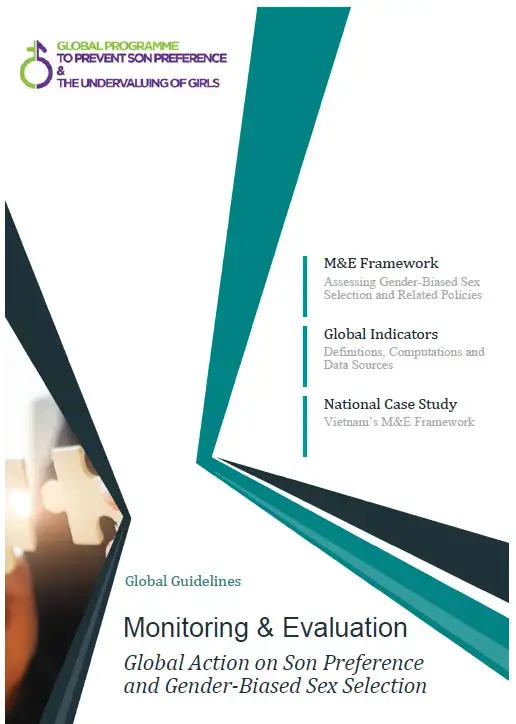Since the 1980s a growing number of countries have witnessed a rise in their sex ratios at birth beyond the biological norm of 105 male per 100 female births. The trend started in Asia (India, South Korea and China) and spread to the Caucasus (Armenia, Azerbaijan and Georgia) and parts of Eastern Europe (Albania, Montenegro) in the 1990s, and more recently to countries like Vietnam and Nepal.
Behind this phenomenon lay entrenched son preference and undervaluing of girls. National and international organizations have become increasingly alerted and a
number of countries have introduced laws, policies and programmes to prevent the further demographic masculinization, which will affect populations for generations to
come. However, little is known about policies and their efficacy in curbing skewed sex ratios at birth. In 2016, the first Global Programme to Prevent Son Preference
and the Undervaluing of Girls was launched by UNFPA with the support of the European Union (EU) to improve the knowledge base and inform policies and
programmes to tackle gender-biased sex selection (GBSS). The present Monitoring and Evaluation (M&E) Framework was developed as part of this Global Programme.


